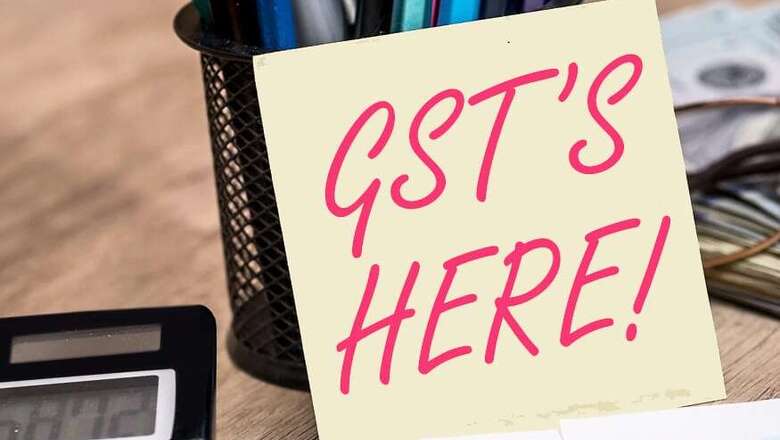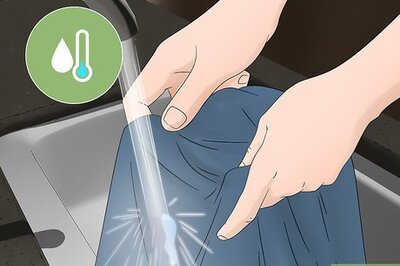
views
New Delhi: The Goods and Services Tax (GST), India’s biggest tax-reform till date, will take effect from midnight with a special session in Parliament’s Central Hall that will have actor Amitabh Bachchan, singer Lata Mangeshkar and businessman Ratan Tata among those in attendance apart from the lawmakers and the President. A gong will be sounded at midnight to signify that GST has arrived. Here's everything you need to know about the new tax system:
What is GST?
It stands for Goods and Services Tax. It is a tax that replaces all the existing indirect taxes in India with a single rate, at least it should.
Again, what are indirect taxes?
Taxes levied on income are direct taxes. Taxes levied on everything else are indirect taxes, for instance on cars, biscuit packets, petrol, restaurant meals, ACs and refrigerators.
So why the brouhaha about GST?
Each state in India levies its own taxes. You just need to look at the breakup of a restaurant bill in Bengaluru and Mumbai. Each state has its own Value Added Tax (VAT), so the same meal will be priced differently. Karnataka charges 14.5% VAT on restaurant meals while Maharashtra charges 12.5%. This has historically been the case in independent India. Therefore, the country didn’t have a unified indirect tax structure. Therefore, rather than being a single internal market, India was a patchwork of 30 markets. Further, each state charged a tax (called Central Sales Tax) on the products of other states passing through its territory.
Was that bad?
Yes. It introduced inefficiencies and delays. For instance a car manufactured in Tamil Nadu and headed for Delhi would have to pay the entry and exit tax of each state it passed through. Very often, the truck transporting the car would be stuck at the border for days on end. This ended up raising costs for the consumer.
What taxes does GST replace?
A whole bunch of taxes levied by the Central and State governments. Excise duty (a tax on manufactured items) and service tax, which are Federal taxes, will go. State taxes that will be axed include sales tax, entertainment tax, octroi, lottery etc.
And what taxes will continue to remain outside the GST?
Petroleum and alcohol are the two most prominent items. These two are among the biggest revenue earners for Indian states and for that reason they wanted to leave these outside the GST net.
How is the GST structured?
All goods and services will be charged at four rates: 5%, 12%, 18% and 28%. Apart from this there will be a nil tax for items like milk, fresh fruits, vegetables, bread, newspapers and hotels and lodges with a tariff less than Rs 1000.
How will the GST pan out?
That’s the $2 Trillion question. Experts say that the first few months will be disruptive, but that the economy will settle into the new equilibrium after that.
And what are the benefits of GST?
The wonks say that it will reduce costs and push up the GDP by at least 1.5 percentage points.




















Comments
0 comment